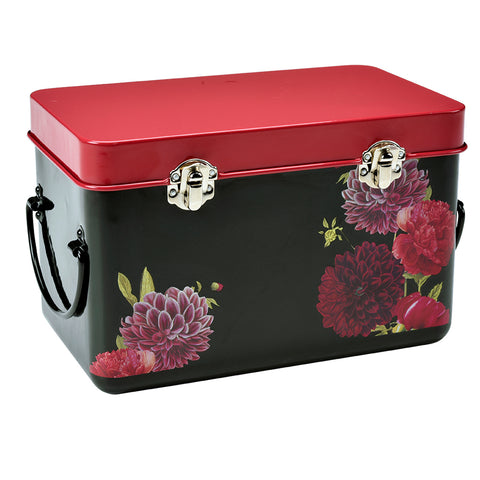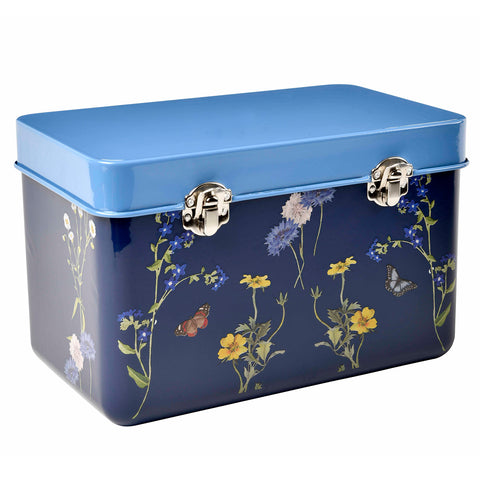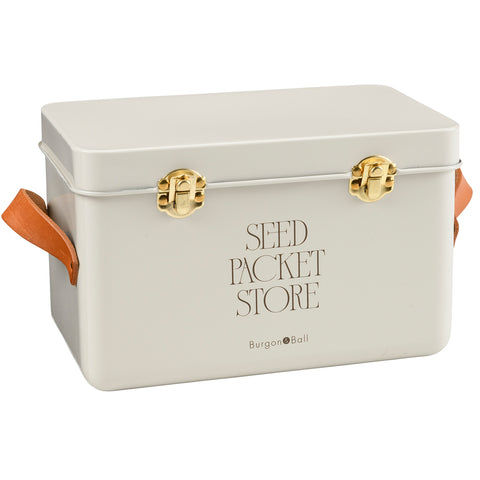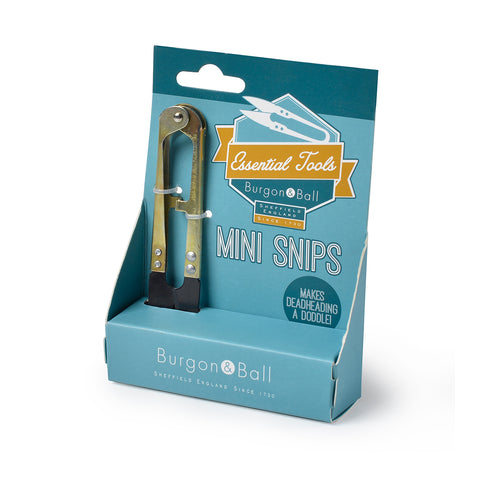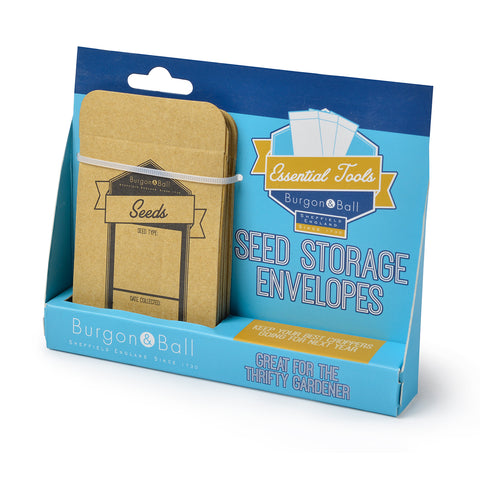August is the month when everything in the garden feels ripe and ready. It may feel like summer is starting to draw to a close, but it's a magical time for gardeners. It’s when we can start collecting seeds from the plants in our gardens; those brilliant little time-bombs containing next year’s beautiful blooms.
Not only is collecting seeds from your own garden deeply satisfying and of course absolutely free, but it also brings the benefit that you know plants grown from these seeds will thrive in precisely your conditions and soil. It’s a self-selecting seed mix, if you like, specially curated just for you. What could be better than that?
 When to collect
When to collect
Seeds come in many forms, including pods (sweet peas), capsules (poppies), and rather dramatically, some even explode, like lupins. However your chosen plant disperses its seeds, the method for collection is the same.
Collect seed on a dry day, as soon as the seed heads open. You can tell when it’s about to happen, as the seed head often changes colour from green to red, brown or black.
Timing is everything; pick seeds too early and they won’t germinate, but collect them too late and they may already have scattered when you go to gather them. Some gardeners tie little muslin or gauze bags onto fading flowers, ready to catch the seeds when they’re shed, and this certainly saves the trouble of checking daily to catch the seeds at the perfect moment.
We find that the little gauze pouches sold commercially for wedding favours are ideal, just a few inches across, and with a tiny drawstring. They’re very lightweight and sit happily on the seed head, ready to stop seeds being dispersed by wind or birds, before they can be collected. You can simply collect the haul in its entirety the next time you check. This method is especially ideal for seeds which are dispersed by exploding!

Drying and storing
Once you’ve picked or collected the seedheads, lay them out to dry in a warm place; a sunny windowsill or an airing cupboard is ideal. They may open as they dry out, but if they don’t, gently crush the seedheads to release the seeds. Be sure to remove all the remnants of the outer case, as this can cause fungal infection if it’s retained and stored.
Seeds are best sown fresh, but they can be kept in suspended animation for us gardeners to sow at the time and in a place which best suits us; for example, storing them over the winter until warmer days return.
To store the seeds in optimal condition, they need to be cool, dry and dark. Don’t keep them in plastic bags, as plastic traps humidity and condensation and can lead to deterioration. Paper sachets like our seed storage envelopes are ideal. Don’t forget to label them - you might think you’ll remember, but next spring is a long way away!

Store the packets in a light-proof container, ideally in the fridge, which stays at a nice, steady temperature. Our smart Enamelwares seed packet storage tin is ideal, with three storage compartments to keep things organised. Add a desiccant to ensure a moisture-free environment – silica sachets or the calcium chloride crystals which are sold for use in moisture traps are ideal.
It’s possible that this year may not be the best of years for collecting seed. Plants can be affected by adverse weather conditions like last frost or drought, and of course this year we’ve had both of these – in abundance.
But those plants which do manage to thrive and set seed are giving you the most marvellous gift ready for next summer; a pick-and-mix selection of the very best of your garden has to offer, and all for free.


